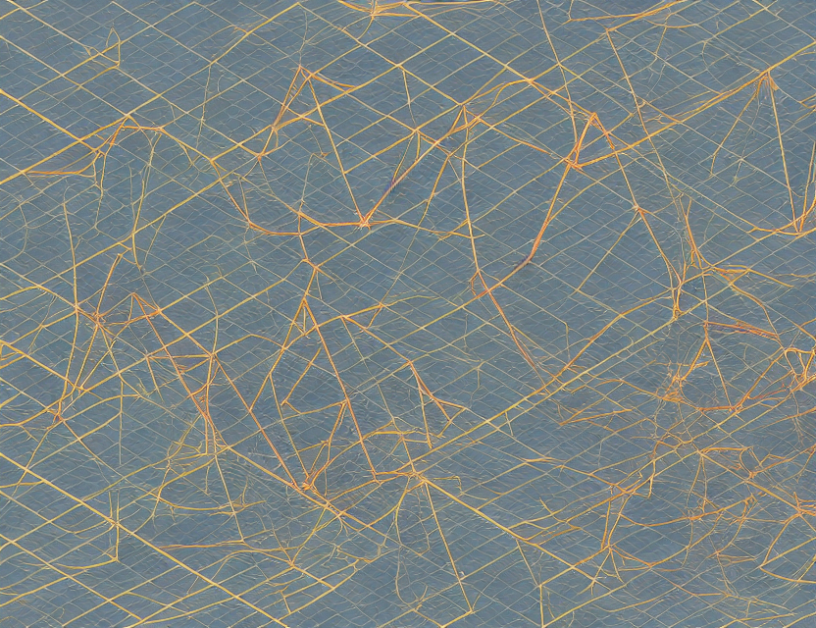Discrete measures are important mathematical objects used in various fields such as statistics, signal processing, and machine learning. However, working with large discrete measures can be computationally expensive and challenging. In this article, we propose a new approach called compressed discrete measure compression (CDMC) that significantly reduces the computational complexity of polynomial fitting and interpolation while preserving the accuracy of the results. CDMC uses a combination of hyperinterpolation operators and recent advances in compression algorithms to extract a subset of re-weighted points from the support of the discrete measure, allowing for efficient computation of polynomial moments up to a given degree.
CDMC is based on a new criterion called deviation maximization that replaces column pivoting in the underlying QR factorizations. This approach not only reduces the computational complexity but also improves the accuracy of the results. The nonzero components of the compressed support determine the corresponding polynomial moments, which can be computed using CDMC.
Our proposed method has several advantages over existing methods. Firstly, it reduces the computational complexity of polynomial fitting and interpolation by a factor of N^2, where N is the number of discrete points in the support. Secondly, it preserves the accuracy of the results, making it suitable for applications that require high precision. Finally, CDMC is flexible enough to be used with various compression algorithms, allowing users to choose the most appropriate one for their specific use case.
In conclusion, CDMC represents a significant breakthrough in the field of discrete measures and polynomial fitting and interpolation. Its ability to reduce computational complexity while preserving accuracy makes it an attractive option for researchers and practitioners alike. With its flexibility and applicability to various fields, CDMC has the potential to revolutionize the way we work with discrete measures.
Mathematics, Numerical Analysis
Weighted Least-Squares Compression of Discrete Measures



